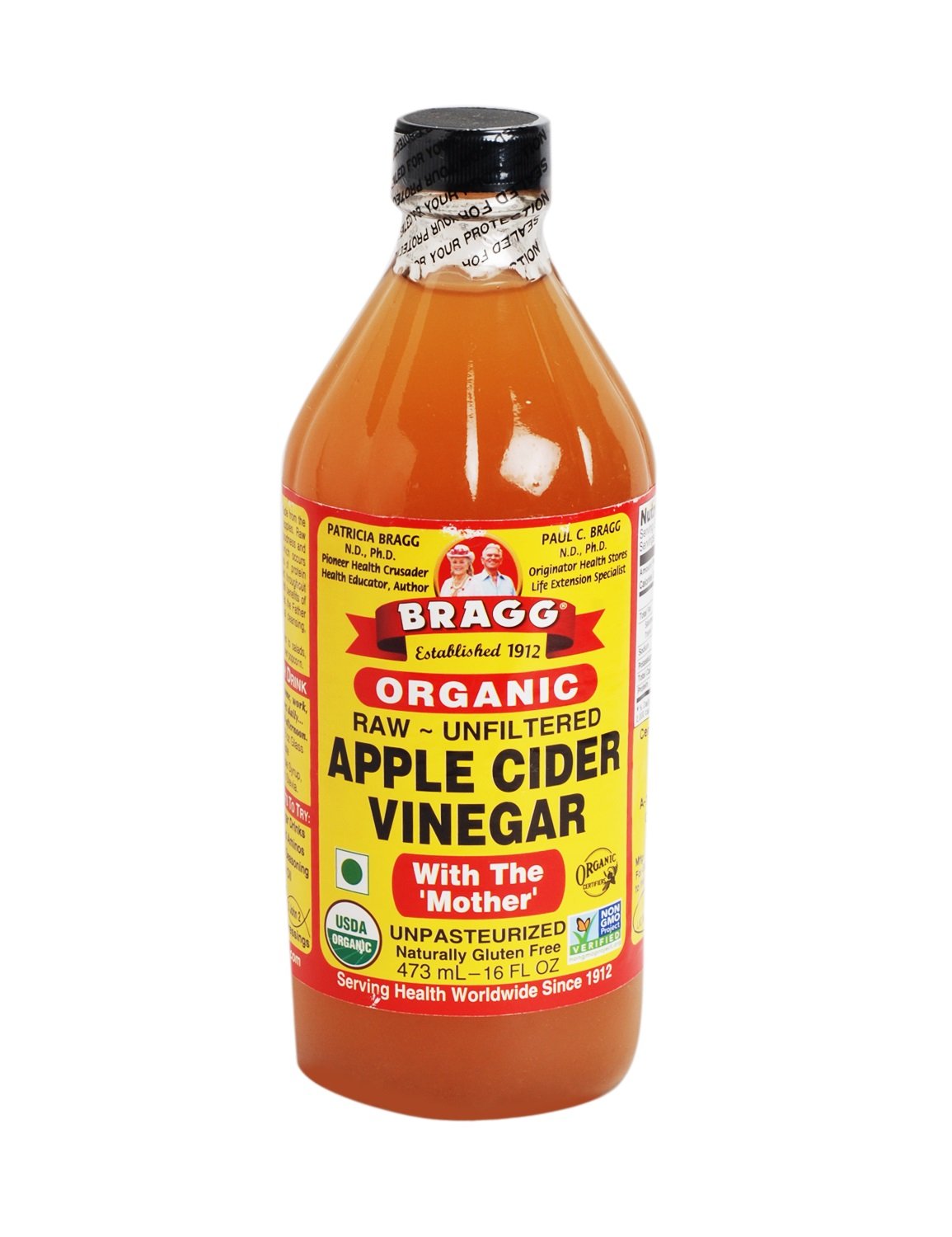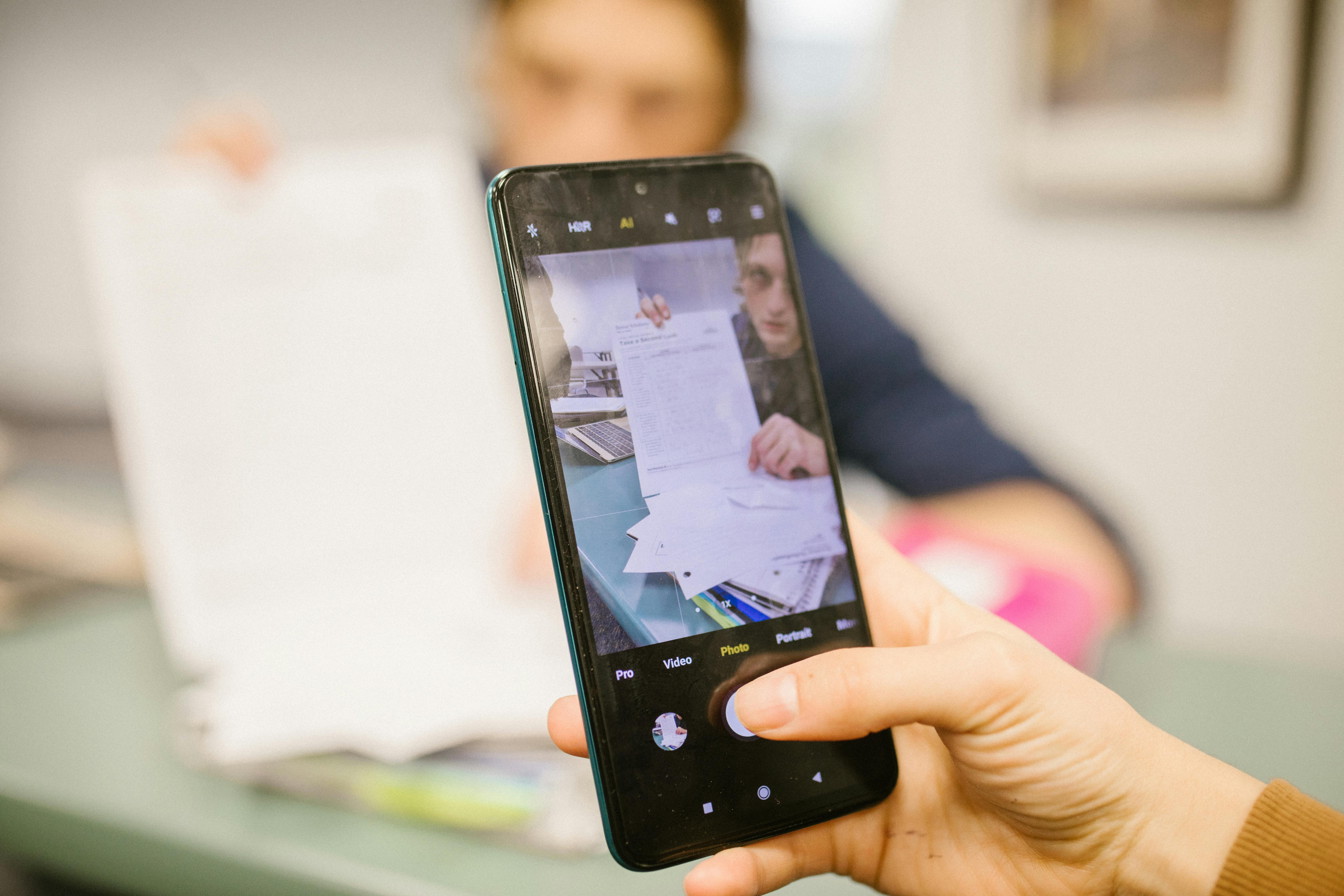How to Properly Make Yellow: Discover 5 Practical Mixing Techniques in 2025

How to Properly Make Yellow: Discover 5 Practical Mixing Techniques
Exploring the vibrant color yellow opens up a world of creative possibilities. Understanding how to make yellow can enrich any art, design, or culinary project. Yellow is a primary color, vital in various applications – from painting to crafting dyes to using it in professional graphic designs. This article will delve into effective techniques for creating different shades of yellow, ensuring you can achieve the perfect hue for any project. We’ll discuss how to combine pigments, mix paints, and even prepare yellow food coloring effectively.
Get ready to light up your palette with yellow using these five practical mixing techniques that suit your artistic needs in 2025. You’ll learn to produce bright yellows, pastel shades, and everything in between!
Let's discover the methods to create stunning yellow colors and transform your creative endeavors with the power of yellow!
Essential Techniques to Achieve Vibrant Yellow Colors
Building on the foundational understanding of colors, achieving vibrant yellows requires blending technique and color theory. The following sections will introduce the key mixing techniques to help you produce striking yellow hues.
Combining Primary Colors for Yellow
To understand how to make yellow, we first need to start with the basics: combining primary colors. Primary colors are red, blue, and yellow. Since yellow is one of the primary colors, obtaining yellow doesn’t require mixes of other pigments. However, knowing how to use these colors effectively can help enhance and control the yellows you create.
When mixing red and green (the complement of yellow), one should be aware of their interaction, which can affect the brightness of the final yellow. The method involves a gentle balance, ensuring that the primary color remains dominant to achieve a pure yellow tone.
Spending time with color wheels can provide insights into how different shades can produce unique yellow variations. For instance, mixing slightly cooled or warm reds with green can yield distinct tones, exploring warm versus cool yellows.
How to Mix Colors to Get Yellow
Moving forward, learning how to mix colors to get yellow involves a careful blending of colors on the palette. Using equal parts of warm colors like cadmium red and cadmium yellow allows you to formulate an excellent shade of yellow that is more vibrant and sunny.
Additionally, adjusting your ratio slightly towards yellow enhances brightness. Artists extensively use this blending for illustrations, and it's particularly effective in pastel techniques.
Common mistakes include overusing darker shades when mixing. Instead, start with a lighter touch and build up the color gradually. Using a palette knife rather than a brush also helps in achieving a smoother blend without overwhelming the yellow hue.
Choosing the Right Yellow Pigments
Understanding types of yellow paint is essential when aiming for particular shades. From lemon yellow to mustard or even simulate golden shades, selecting the right pigment partakes in how to create yellow. Using primary yellow pigment like cadmium or azo can help achieve intense, bright yellows.
Experimentation is key; trying out various brands and pigment types can lead to discovering a personal palette. Consider also mixing tube paints with pigments like ochre to achieve earthy tones. When you apply these yellow pigments in art, the effects change, requiring sensitivity to the nuances in each mix.

Exploring Techniques for Yellow in Design
With the foundational techniques established, we can transition to practical design applications. Yellow is a versatile color that can convey warmth, freshness, and energy.
Mixing Yellow for Graphic Design
In graphic design, using yellow effectively can highlight essential elements or calm backgrounds. When mixing yellow, ensuring clarity in shades ensures that your design projects remain appealing and balanced. Colors like grey and blue can harmonize with yellow to provide contrast without overwhelming the viewer.
A great approach is to use a palette generator to ascertain which colors work best with yellow. Tools in digital art software can allow designers to experiment with yellow variants seamlessly.
Creating Different Shades of Yellow
Creating shades of yellow involves understanding tonal contrast. Adding white yields pastel yellow, while adding a touch of black can develop deeper accents such as honey yellow or mustard yellow, enhancing richness. These tones can effectively impact your artwork and message.
In practical scenarios, developing these shades can produce effective highlights or shadows within a layer, showing depth to your designs. Working from light to dark allows precision when looking to brighten or enrich your yellows.
Mastering Yellow Mixing for Art and Practical Applications
Now that you have fundamental yellow mixing techniques examined, let’s delve into how to employ these skills across various mediums and articulate your artistic journey.

How to Use Yellow in Artwork
Understanding how to use yellow in artwork goes beyond mere mixing. Yellow can dictate mood, evoke emotion, and provide energy. Artists use colors to tell stories; thus, blending yellow wisely can strengthen narrative.
Using yellow’s energetic quality effectively depends on placement and proportion. In portraits, a natural touch of yellow in skin tones adds vibrancy. Meanwhile, landscapes can integrate bright yellow highlights, making them pop against cool backgrounds.
Techniques for Achieving a Sunny Yellow
Achieving a sunny yellow often involves both paint choice and light technique. Utilizing colors like lemon yellow or cadmium yellow with a heavy-bodied consistency creates an opaque, radiant finish when looking for vibrant application.
Adjusting opacity can also lead to transparency, giving your work a modern feel. Allow accidents in watercolor to take precedence; they can sometimes yield unique effects not anticipated during the mixing process.
Final Thoughts: Experimenting with Yellow Mixing Techniques
As you work with the myriad shades of yellow, experimentation plays a vital role. Let your creativity flow when blending colors and learning to adjust based on outcomes. Being open to modifying your approach will pave the way for a deeper understanding of color theory and how to mix to perfection.
So, grab your brushes and start experimenting with yellow today. With knowledge in hand, you'll be well on your way to producing beautiful combinations that bring your artistic visions to life.
```